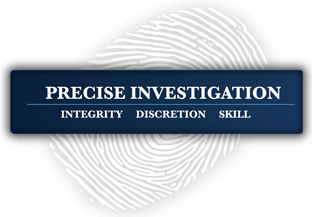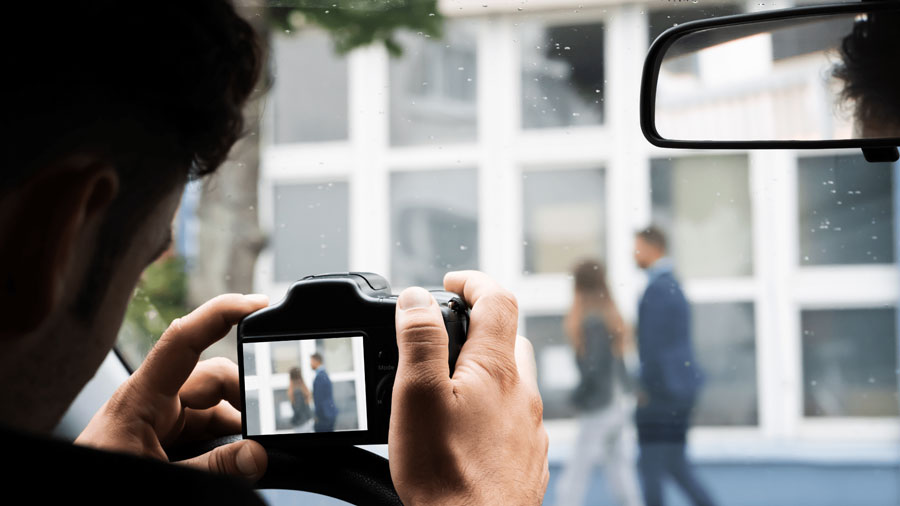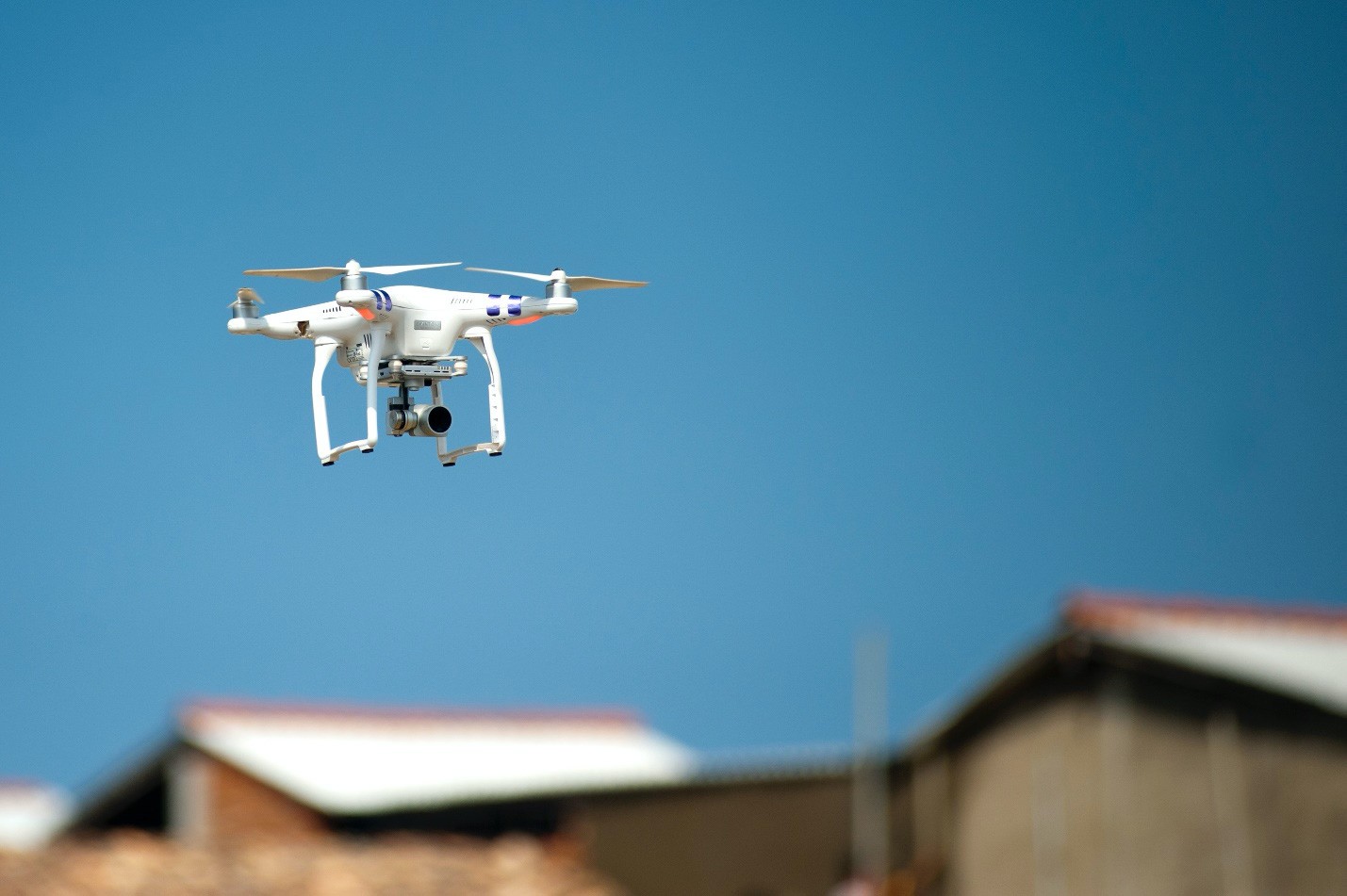Common Eavesdropping Devices and Threats to Your Safety

Spy movies feature a variety of covert devices through which secret agents intercept phone calls or spy on suspicious people. You can easily find similar spy devices on online shopping stores these days.
While these devices can be helpful to government agencies, the drawback of these modern devices is that stalkers may use them to pry on your activities and compromise your privacy.
Through the use of eavesdropping devices, stalkers or ex-partners may listen to your personal conversations or business competitors may attempt to steal trade secrets or confidential business information. However, you can stay safe if you’re aware of what kinds of bugs are available in the market and how you can detect these covert eavesdropping devices.
Types of Covert Devices: Wired vs Wireless
Nowadays, it’s not easy to distinguish covert listening devices since they have become smaller in size and can look like inconspicuous objects such as pens, sockets, clocks, wall decoration items, and many more. These devices can be wired or wireless; however, wireless devices have gained popularity since it is difficult to detect their presence.
Portable Voice Recorders
Miniature voice recording devices are usually disguised as a USB, memory card, watch, car key, or other daily use items and record voices from the surrounding area. When installed in your room or office, these devices can secretly record audio through a high-quality microphone.
These spy listening devices are also referred to as “Leave and Retrieve devices” since they record conversations instead of transmitting audio to the person who installed them. However, these devices have a limited storage capacity and stop working once the battery runs out.
RF Transmitters
Radio Frequency eavesdropping devices listen to conversations and transmit audio signals which can be listened to through a receiver. These bugs are quite common and can be installed under a couch or cupboard.
Most commercial RF covert listening devices operate on the frequency range of 25MHz to 990MHz.
Amplification Devices
Some spy devices are capable of transmitting sounds to another location through amplification technology. With the help of these powerful devices, someone can listen to whisper talks or conversations taking place in a locked room.
Such technology can be a major threat to your privacy and safety and therefore, it’s crucial to learn how to detect and remove spy devices.
Optical Spying Devices
While optical eavesdropping devices aren’t common yet, these surveillance systems can allow eavesdroppers to listen to your private conversations.
When you talk inside a closed room, smooth surfaces such as wall paintings or furniture vibrate in response to the pressure waves created due to this noise. Optical or laser microphones capture these sound waves by projecting a laser beam onto a smooth surface and transmitting the signal back to the surveillance device. These electronic devices then convert light signals into audio so eavesdroppers can listen to your conversations.
Bionic Devices
Bionic ear devices are similar to hearing aids in appearance, but they amplify sounds through which a person can listen to conversations from across the room or even spy on conversations from adjoining rooms. Its miniature size and unsuspicious appearance make it a popular eavesdropping device.
Wiretapping Technique
 Aside from physical spy devices, you can also be spied on through the wiretapping method which enables third parties to intercept your phone calls and listen to your conversations without authorization.
Aside from physical spy devices, you can also be spied on through the wiretapping method which enables third parties to intercept your phone calls and listen to your conversations without authorization.
Wiretapping is an advanced technique that delivers high-quality sound and is extremely difficult to detect. To spy on your calls and messages or retrieve information through your Wi-Fi network, someone may hack your phone software and gain access to your personal information.
Another easier method of wiretapping your phone is to connect a recording device with your phone line and transmit signals to a desired location through the external device.
Covert Listening Devices: What’s the Solution?
Spy listening devices pose severe threats to your safety, so here are a few useful suggestions that can help you look for bugs if you’re worried that someone is spying on you.
• Closely inspect places where someone can install a covert device such as inside bedside lamps, under your work desk or chairs, under the sofa or inside sofa cushions, etc.
• Listen for a soft ticking noise from hidden surveillance devices
• Check smoke detectors and other small devices present in your room
• Check power outlets and electronic items for wires that you don’t recognize
• Attend a call on your smartphone and move around the premises to identify signal interference caused by electronic bugs
• Scan your Wi-Fi network for unknown devices connected to your router
• If your phone overheats when it’s idle or battery consumption has suddenly increased, then it may indicate a wiretapping problem
Eavesdropping devices often go unnoticed and may not be detected with ordinary bug detectors. However, private investigators can help you get peace of mind by conducting deep bug sweeping. Not only are these professionals equipped with modern devices such as RF detectors, but they also know where to look for hidden devices.
Are you suspicious someone is listening to your conversations at home or office through eavesdropping devices? Then you should get further information about our Commercial Bug Sweeping services.






















